Grow Food Not Lawns and Start an Urban Garden Today
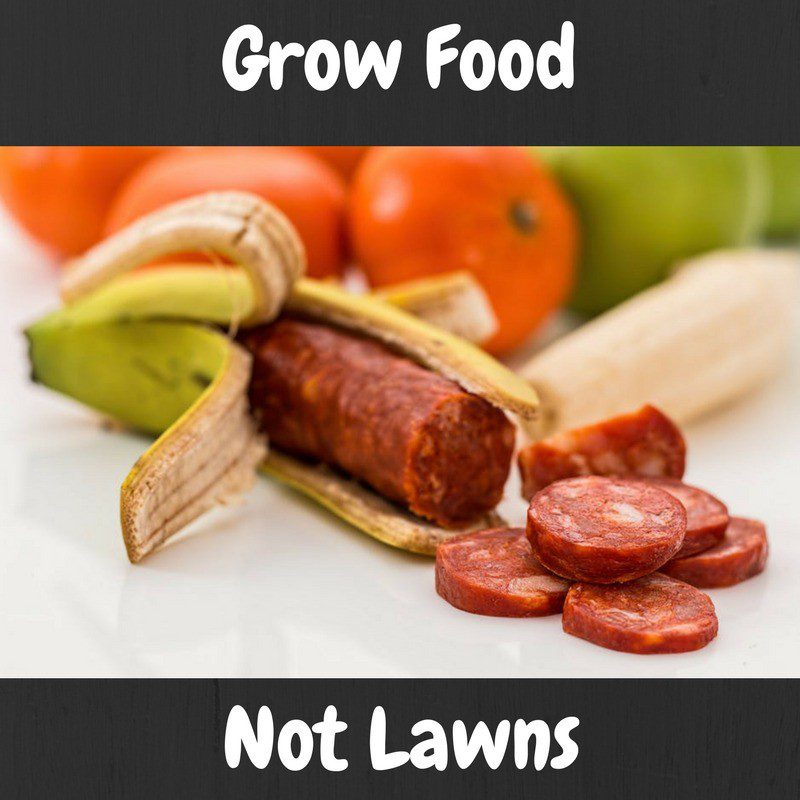
America is obsessed with beautifully manicured lawns. Some believe we should grow food, not lawns, or start an urban garden. We spend a lot of time and money on lawn care and get almost nothing in return.
A beautiful lawn can be a source of pride and will garner brownie points with the neighbors. Does spending all of that time and money serve you and your community?
What if you grew a vegetable garden or planted native vegetation that supported the birds, bees, and other wildlife instead of spending all that time and money on a lawn? Would that serve you? Would it help feed you? Could that be something you would look forward to doing with your family and friends on the weekends?
Bad enough, we pee and poop in spotless water when other parts of the world have a hard time finding fresh water to drink. Ok, that may be a little harsh and is a topic for another day, but check these yearly stats out:
.
Amount of lawns in the United States: 40.5 million acres
Total amount of money spent on lawn care: $30 billion
Percent of residential water used outside: 30 to 60%
Amount of water used daily for residential irrigation: more than 7 billion gallons
Amount of fertilizers used on lawns annually: 3 million tons
Percent reduction of nitrogen fertilizer needed if clippings left on lawn: about 50%
Amount of synthetic pesticides used on lawns annually: over 30 thousand tons
Amount spent on pesticides in 2001 for home and garden use: almost $2.2 billion
Ratio of pesticide use per acre by the average homeowner versus the average farmer: 10 to 1
– Source, Lawns by the Numbers –
.
What if we redirected more of that time, money, and resources in growing vegetable gardens, native plants, and urban gardens? What if we shared the spoils throughout the neighborhood? Would that help build your community? People could mix, match, and barter the fruits, vegetables, herbs, spices, and beautiful flowers with each other. Would that help build interaction with neighbors that normally would not interact much?
Better Uses For Our Drinking Water
Grow food not lawns. For me, I would find more joy in watering a vegetable garden than a lawn. I would find more joy in fighting weeds in an urban garden than weeds in the decorative shrubbery. It would not feel like a waste of water to me because I would know I am growing healthy food for me, my family, and possibly the community. No one could possibly eat all the tomatoes most people grow. LOL.
If done correctly there would be precious fruits and vegetables in many more places around town. There will be more healthy foods for many more tables. Neighborhoods that are food deserts and homes that find the cost of fresh vegetables out of reach will have more access to them.
This could all begin by just making better use of the space now used to grow lawns. I am not saying get rid of all lawns. I am saying get rid of some of your lawn to support the environment and local, affordable food. Re-purposing some of your lawn will support biodiversity and better health as you grow an organic garden.
Growing vegetables and wildflowers will help to make your lawn lush and beautiful and you will save the money and time you spend to add value to your life by doing things you actually like doing. Harvest the vegetables throughout the year, cut fresh flowers for your home, and know in your heart you are supporting the environment, community, bee health, waterway health, and your own health.
There are many great lessons to teach young ones in this process and as you spend time with good friends and family creating wonderful memories. They will learn how to do good for the health of the environment, community, and the people they love as they learn to grow food, not lawns.
Are Lawns Bad?
Lawns are not bad. They just may be a poor use for much of the land and fresh drinkable water. Lawns are arguably an important part of the American Dream. The nice house and white Pickett fence are usually thought to be surrounded by a beautifully manicured luscious green lawn. Believe it or not many biodiversity conservationists regard lawns as bad because they are like concrete to most species and have very little benefit for wildlife.
Most would prefer to have lawns than the actual concrete in their neighborhoods. Urban Gardens would be a good use of that space. In the United States lawns and croplands cover an estimated 128,000 square km total. It is estimated that seven million birds are killed a year from lawn care pesticides, and the great honeybee die-out is likely linked to pesticide use. Algae blooms that suffocate freshwater life are proven to be caused by lawn fertilizer run-off.
A huge quantity of chemicals are dumped on lawns, for example, in 1996, the U.S. consumed over 2,650,000 tons of fertilizer on non-agricultural land. This usage has accumulated to suffocate urban landscapes and contribute to a decrease in native plants, animal studies show.
The daily use of freshwater for lawns and landscaping is enormous and yields few rewards. Nationwide, landscape irrigation is estimated to account for nearly one-third of all residential water use, totaling nearly 9 billion gallons per day. A lot of that freshwater could be used to grow fresh fruits, vegetables, herbs, native plants, and flowers on space reclaimed from lawns. Even cities can get in on the fun by reclaiming public and private space to grow urban gardens.
Why Grow Food Not Lawns?
People spend so much time and money on lawns. They just become a costly ornament that guzzles precious freshwater from our supply. Why not ditch most or all of your lawn and grow a diverse garden that benefits the soil, ecology, and your health?
Take your land back and create something that gives back to your family and community. You could even go a step further and donate some of what the community grows. To the church or food pantries. Just imagine how nice it would be to have a donated flower centerpiece as people dine at your local church or food pantry. We all can combat food waste by handling fruits, vegetables, and other foods better than restaurants and food chains currently do. They throw good food away and we would make use of what we grow in our neighborhoods.
You could even make a few bucks for community programs by selling some of what is grown to local businesses. The community can donate the proceeds to local sports teams, Boy Scouts, Girl Scouts, and the like. All of this from a few people in your neighborhood that decided to grow food not lawns. Can you think of other ways your neighborhood could benefit if many of you decided to grow food, not lawns? Do you have space to grow food? Do you have space for an urban garden? How much of your lawn can you reclaim? Will you support the movement to grow food, not lawns?

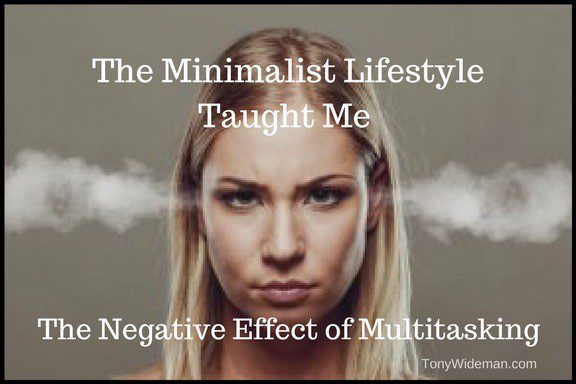
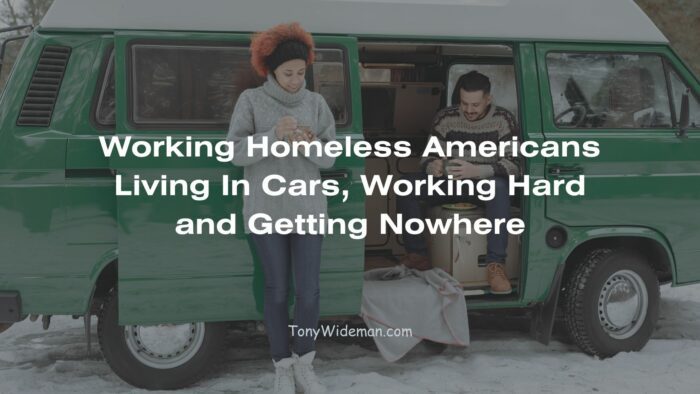
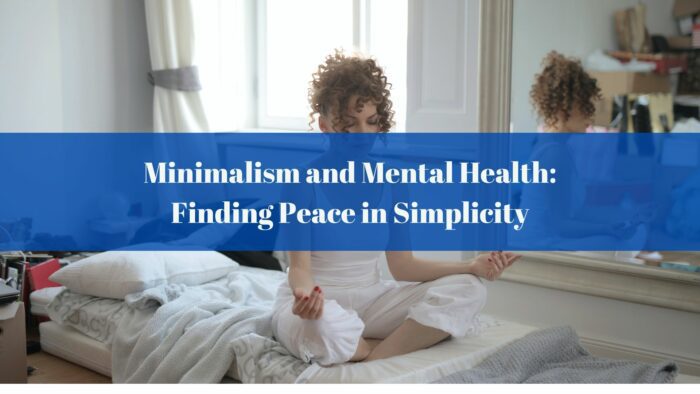
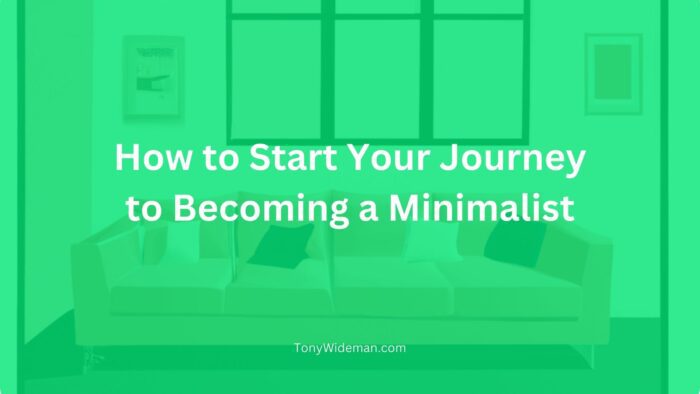

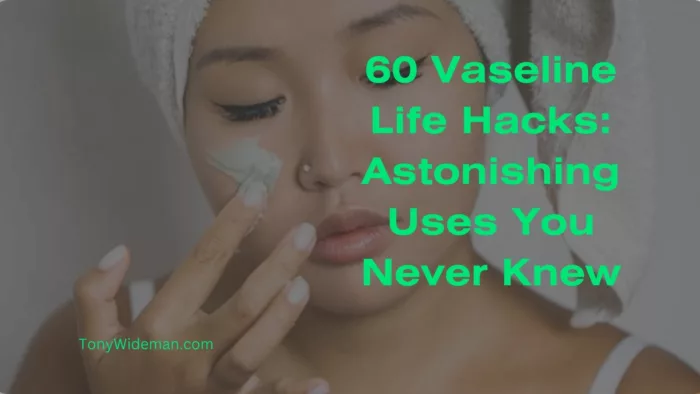
I totally agree with this! I’ve heard that all of our lawns put together would be bigger than the rainforest. Introduction of non native species of both plants and animals to an area is also very harmful to our fragile ecosystem. My mom is working really hard to grow more native plants on her property. It’s a little frustrating to not be allowed to mow the milkweed along the road because I know that people driving by probably think we were drunk when we mowed(lol), but when I think of all the monarchs we watched emerge from their chrysalis last summer, I know it’s worth it. Good post! Keep it up!
Jill you are dialed in to this topic. Your mom is great and should be commended for her efforts. I love your drunk mowing technique to help preserve the monarch butterfly. LOL